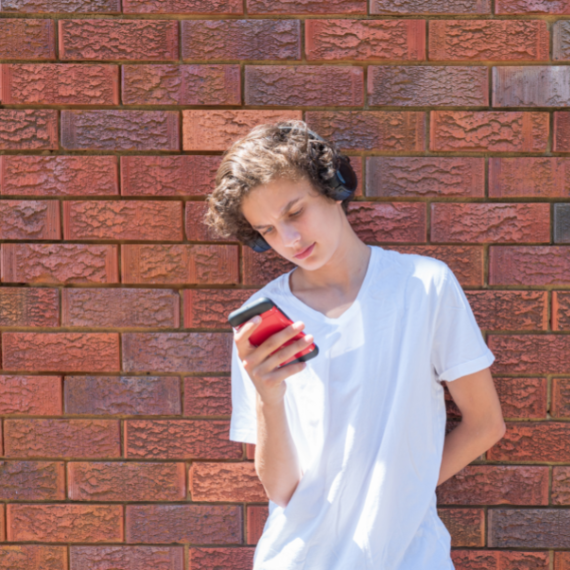
If you have a teen or tween, you’re probably familiar with TikTok challenges. Some of them come and go without gaining much traction, and others—like the recent “devious licks” challenge—make headline news.
First, some background:
Founded in 2016, TikTok is a video-sharing network that features short, 15-second videos posted by its more than one billion users. Many of the TikTok challenges that go viral are fun and harmless, such as dance routines and lip-syncing to popular songs. However, the devious licks challenge went a little awry. What started as one video of a student stealing masks from his school, grew into a problem of vandalism and theft in schools across the country. Thousands of TikTok videos began to pop up with the hashtag #deviouslick. While the videos were posted anonymously, some students were identified by their voices or by others who witnessed the “lick” in action. Many are even facing legal repercussions.
What is a “devious lick?”
For reference, a “lick” is defined by Urban Dictionary as “a successful theft which results in an acceptable, impressive and rewarding payday for the protagonist.” Examples of students “hitting licks” include stealing soap dispensers, breaking sinks, tearing down water fountains, crushing bathroom tiles and countless other forms of defacement and theft. The challenge—like nearly all TikTok challenges—plays into the teenage aspiration to achieve some sort of clout or online fame.
What you can do:
So, what do we do for our own kids? If they have TikTok, how can we prevent them from getting caught up in some of these silly (and sometimes destructive) challenges?
To fully understand TikTok and why it engages your children, download our parent’s guide—Digital Driver’s Ed: TikTok.
Test drive it for yourself. Before you say “yes” to TikTok for your kids, download the app to familiarize yourself with it. Try creating your own TikTok video to learn more about what your child will experience.
Talk with your kids openly and empathetically about what they see on TikTok. Have they heard of the devious licks challenge? What do they think about it? What other challenges are their peers participating in?
Set your child’s TikTok account to private. If they resist, have a conversation about why they want to be public on TikTok. We know that growing a fanbase is much easier when your account is public, but a public account also comes with hidden dangers, especially for children. Are there other ways they can perform in front of an audience to gain a fanbase? Perhaps they could try out for the school play, learn an instrument and start a band, or join a hip hop dance class.
Remove TikTok notifications on their smart phones. We know from personal experience that TikTok can become a time sucker—it’s easy to go down a rabbit hole of videos. In fact, the average user spends 52 minutes a day on TikTok. In order to lessen the time your child is immersed in the app, consider changing the settings on their phone so notifications are not allowed. (To do this on an iPhone, go to Settings, scroll down to the list of apps, click on TikTok, then click Notifications. You will see an option to “Allow Notifications,” which you can unselect.)
Remind your kids to show up authentically and honestly in all aspects of their life—whether that be in person or on social media. Teach them to create TikTok, Instagram and other social media profiles that reflect their true self, not a false identity. Check out our Social Media Playbook for tips on helping your child show up authentically on social media.
Further reading:
For more on this topic, we highly recommend reading this recent Washington Post article, which provides great advice on parenting the TikTok generation.